On November 16, 2016, the following U.S. Senate Committee Hearings on Augmented Reality took place.
Exploring Augmented Reality
U.S. Sen. John Thune (R-S.D.), chairman of the Senate Committee on Commerce, Science, and Transportation convened the hearing, entitled “Exploring Augmented Reality.” The hearing examined the emergence, benefits, and implications of augmented reality technologies. Unlike virtual reality that creates a wholly simulated reality, augmented reality attempts to superimpose images and visual data on the physical world in an intuitive way.
Witnesses:
• Mr. Brian Blau, Research Vice President, Gartner (see Testimony here)
• Mr. John Hanke, Chief Executive Officer, Niantic, Inc. (developer of Pokémon GO) (see Testimony here)
• Mr. Brian Mullins, Co-Founder & Chief Executive Officer, DAQRI (see Testimony here)
• Mr. Stanley Pierre-Louis, General Counsel, Entertainment Software Association (see Testimony here)
• Mr. Ryan Calo, Assistant Professor of Law, University of Washington (see Testimony here)
Reference Information Slideshow
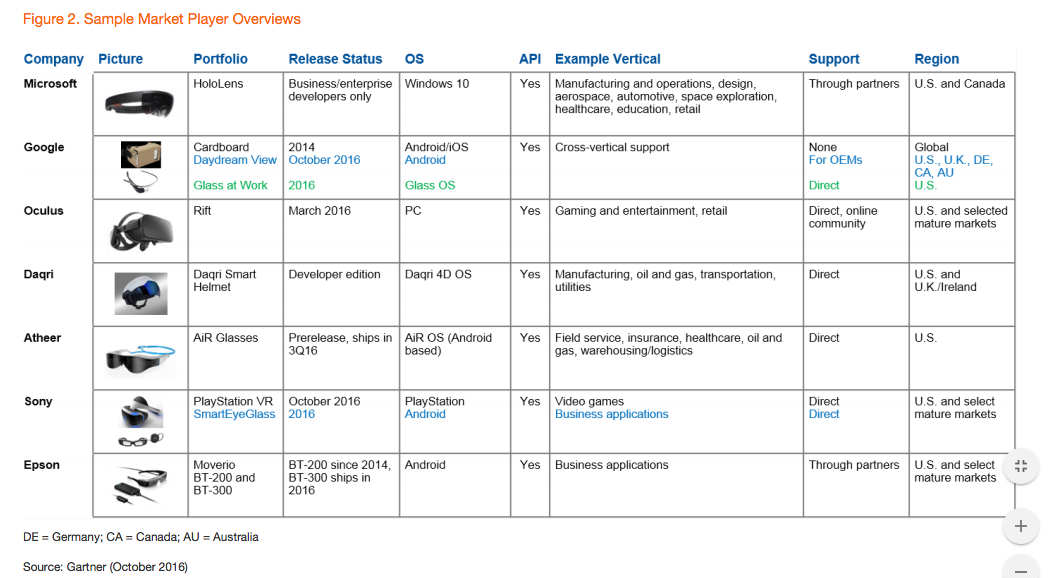
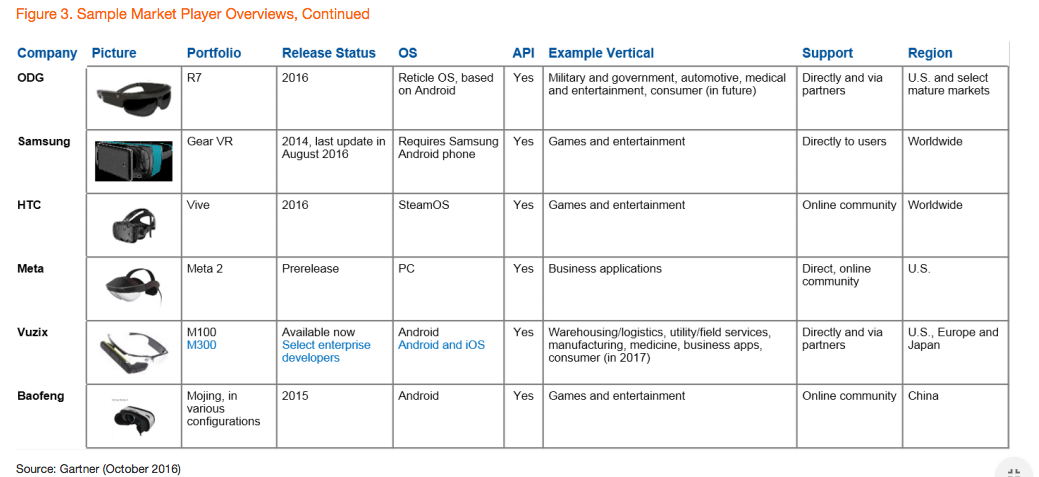

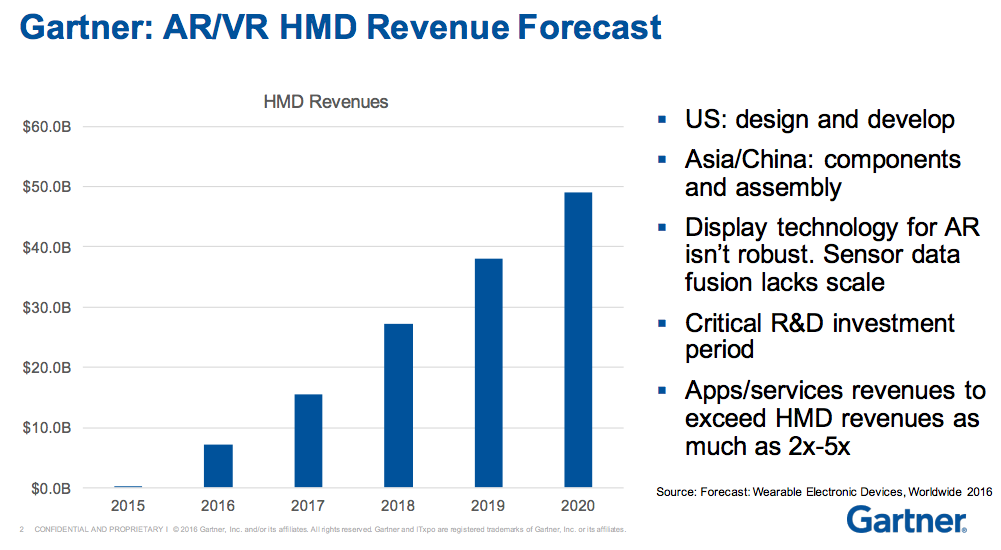
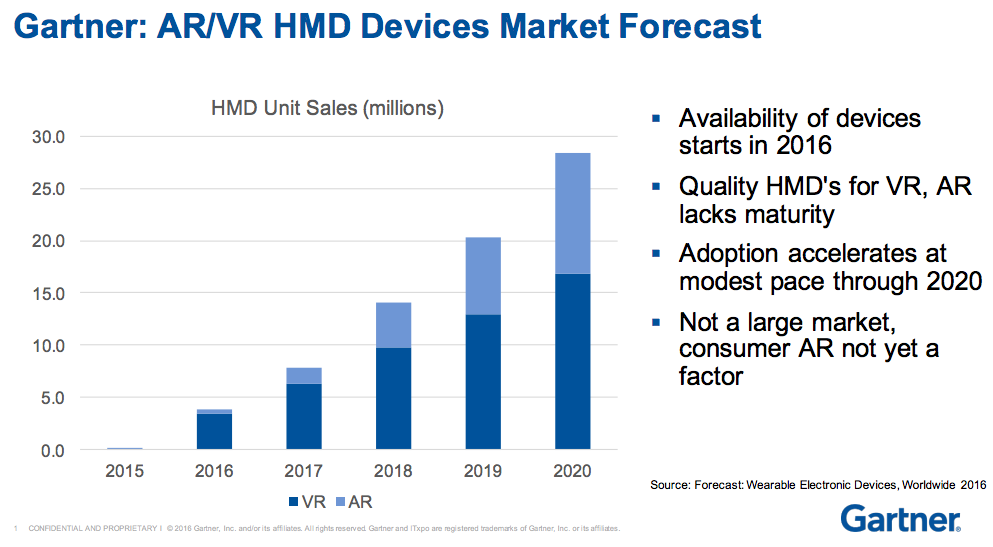
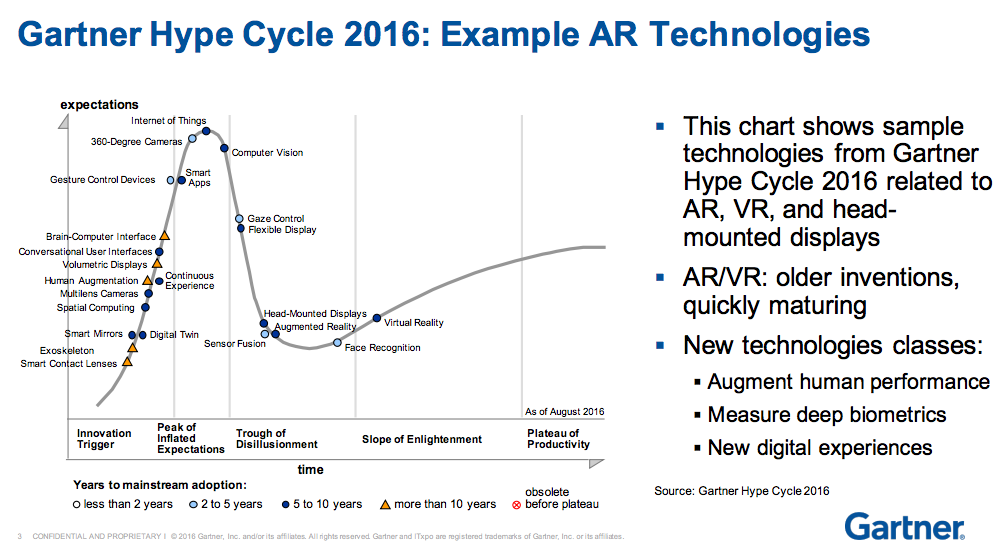
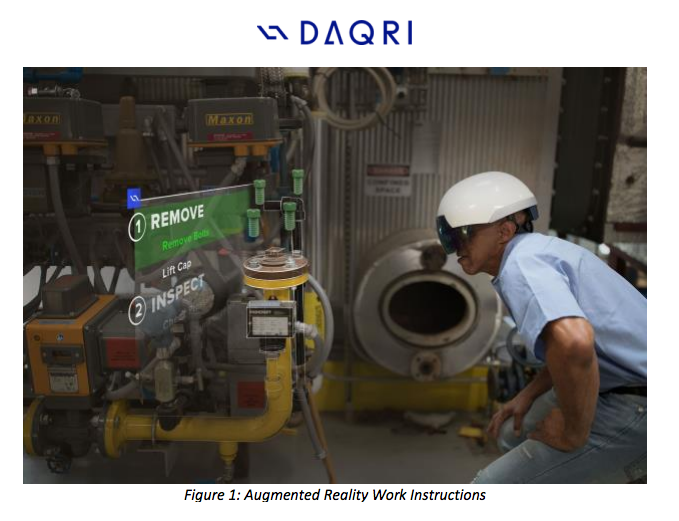
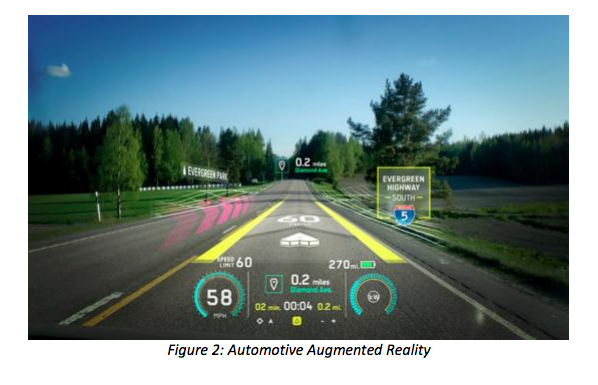
Majority Statement from Chairman John Thune
Good afternoon. I would like to thank everyone for coming today to discuss the exciting potential of augmented reality technology.
This past Fourth of July weekend, many Americans began to notice an unusual phenomenon: more and more people – far more than usual – were going outside. Suddenly, sidewalks, parks, and local landmarks were packed with people wandering the great outdoors while burying their heads in their smartphones.
These people, of course, were playing the smash hit mobile game Pokémon GO. But by going out into the real world to find and capture digital creatures, they weren’t just playing a game – they were getting their first exposure to the possibilities of augmented reality.
Many of us have heard of, or experienced, virtual reality, which usually involves putting on a headset that covers users’ eyes, surrounding them in an artificial world.
Augmented reality, or AR, is different. AR takes digital information and superimposes it onto the real, physical environment. Rather than closing the user off from the real world, AR adds virtual content on top of the real world.
Pokémon GO accomplishes this by using a smartphone’s camera to record the real world while the game displays digital characters over the image on the phone’s screen.
More advanced AR headsets currently in development and in use by industry have “mixed reality” capabilities that can map the user’s surroundings in real time and allow virtual content to convincingly interact with the physical world.
These more advanced AR devices and techniques show that the potential of this technology goes far beyond smartphone games, and could one day have a major impact on manufacturing, transportation, medicine, and eventually the daily lives of average Americans.
For example, imagine a worker in a factory whose job is to assemble an advanced jet engine for a new airliner. With an AR headset, that worker could see step-by-step instructions floating above his workstation, with the exact spot he is supposed to weld being digitally highlighted.
Or imagine a medical student who can train on a virtual 3D model created from scans of a real patient. Or an EMT in a rural area who can receive real-time instructions from a specialist in a hospital hundreds of miles away on how best to stabilize a patient while help is on the way.
AR technology promises to take all of the information that has been confined to the Internet over the past few decades and integrate it into the physical world, where such content can be most useful and do the most good.
Advanced manufacturing and other industries have already begun using AR for training new workers and have seen great improvements in safety and efficiency. We often hear about technology replacing workers, but AR provides an opportunity for technology to enhance workers instead, by helping them with their training and making them more productive.
In previous hearings this Committee has held on new and emerging technologies, such as the Internet of Things and Autonomous Vehicles, I stressed how important it is for government to avoid jumping in too soon with a heavy-handed regulatory approach.
AR is no different. While there are certainly important policy questions to consider, such as the privacy of user data recorded by AR devices, it is essential that policymakers not unnecessarily stifle innovation. Instead, we should foster an environment that maximizes the potential benefits of this promising new technology.
There may be obstacles, regulatory or otherwise, to achieving the full potential of AR. Like a Pokémon trainer, the job of this Committee is to “catch ‘em all.”
Earlier today, the Committee had the great opportunity to see AR in action first-hand. DAQRI, Niantic, and the U.S. Army Edgewood Chemical Biological Center provided us with a great demonstration of: the DAQRI Smart Helmet and a heads-up display for automobiles, which gives drivers important information without having to take their eyes off the road; Pokémon GO and other Niantic apps; and military-focused applications of AR.
Even though the only reality they could augment was the reality of the Russell building, it was easy to see the potential of this new technology for a wide range of applications. I want to thank them for making their products available to us today.
I look forward to hearing from all of our witnesses to learn more about their experiences with AR and their visions for the future of this promising new technology.

